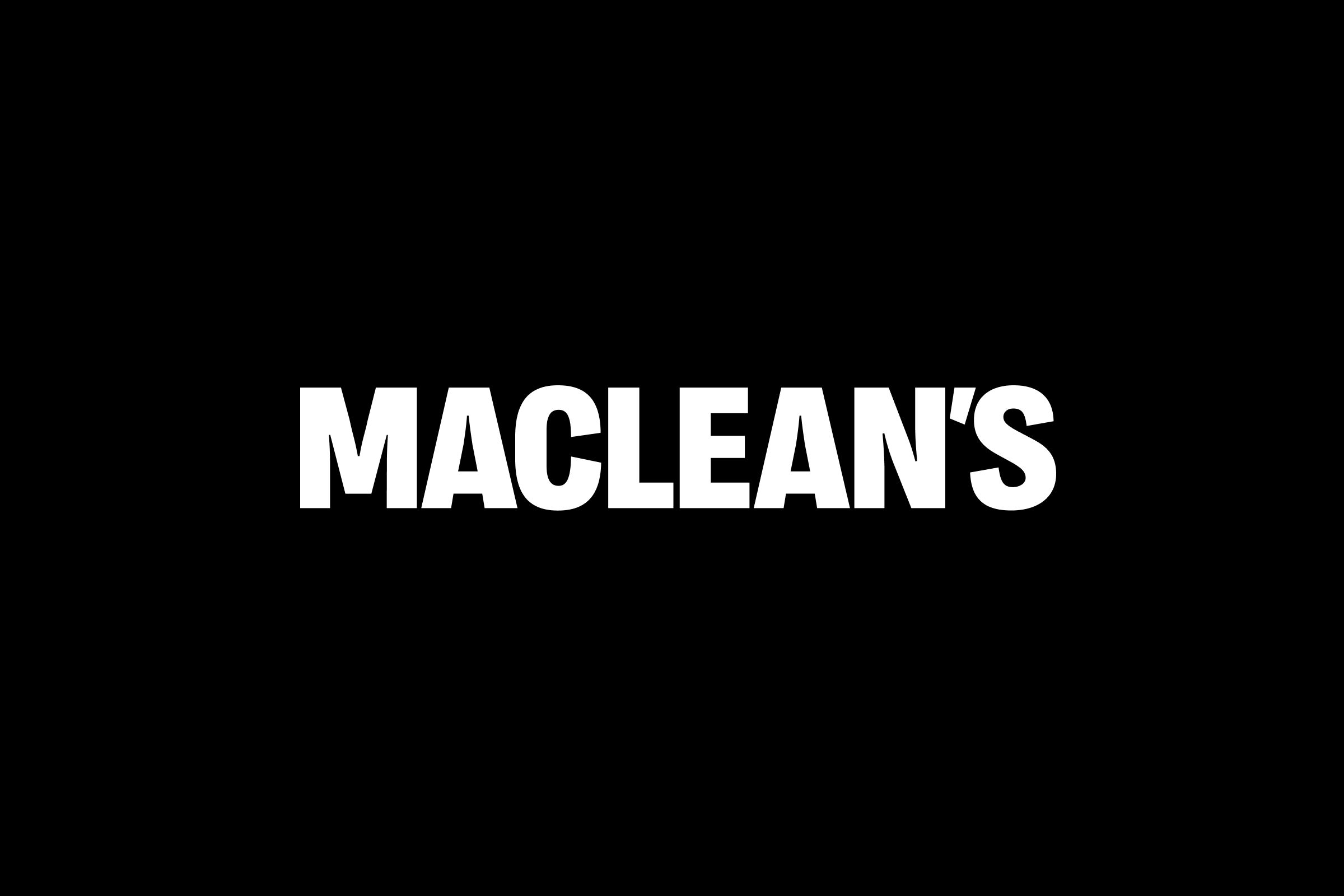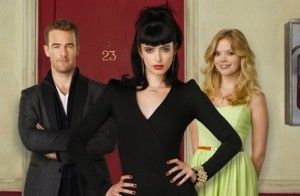Sitcom
Maclean’s pop culture panel: The state of the network TV comedy
Two shows have already been cancelled. Can diversity fix the network sitcom? Jaime J. Weinman and Adrian Lee discuss.
The uncertain future of hit comedy
It’s never been easier to make a quality comedy. So what gives?
TV teleportation
I don’t usually notice shot-to-shot continuity errors. Not on first viewing, anyway. But this one really jumped out at me when I saw it last week: a character is standing on one part of the set, there’s a cut to him standing in that same spot, and then, without an intervening cut away from him, he’s magically moved to a different part of the set. Continuity errors are inevitable when cuts are made to get a show down to time, but usually there’s something to keep the error from being too noticeable – most commonly, just a cut away to another character so that, in theory, the other character could have moved really fast during that other shot. Here there’s none of that, though the editor seems to have made a valiant effort to at least keep some continuity in the way he eats his food, hopefully distracting us from the fact that he’s teleported across the room.
Jokes aren’t funny?
Here’s one idea I’ve been pondering when it comes to half-hour sitcoms: we (and I mean me) tend to fixate too much on jokes. A lot of the discussion is about the quality of individual jokes or how many jokes a show can cram in. But nobody really remembers jokes. What we remember is moments, or more broadly, scenes.
Who on earth are they talking to?
The hit show ‘Modern Family’ never bothers to explain who’s interviewing the characters
How The Mighty Have, Etc.
A decade ago, David Kohan and Max Mutchnick were the golden boys at NBC (remember them?) with their then-new creation, Will & Grace. Now look at what they’re working on:
How did NCIS get to be so cool?
Unlike other crime procedurals, this No. 1 show doesn’t waste time on how it happened
Together We’ll Face The Day!
Supernatural does a lot of gimmick episodes, and last night’s episode was done as a parody of various types of TV shows: Grey’s Anatomy-type soap (complete with the overuse of sappy music), CSI-type procedural, multi-camera sitcom. Easy targets all, but it’s still fun. And the easiest target of all — and the most fun part — was the full-scale sitcom introduction, complete with situation-specific yet generic theme song, one character laughing at the wacky things the other one does, and of course, bicycles. The zoom-in on Sam after he sees the ghost is a nice touch; those ’70s and ’80s filmed shows used the zoom lens a lot.
Chuck Klosterman Doesn’t Know What a Laugh Track Is
One of my pet peeves, as a sitcom fan, is the inaccurate use of the term “laugh track.” A laugh track is laughter added to a show to simulate the effect of a live audience, even though it was shot without one. It is not the sound of actual people in the audience laughing at the material as it is filmed. And yet you constantly hear people talking about studio audience laughter as if it’s exactly the same thing as laughter added in post-production. Worse, you hear people criticizing the “laugh tracks” on shows whose entire style, rhythm and timing are influenced by the decision to shoot with an audience, and would clearly be very different if there were no audience present (and therefore no laughter) on the soundtrack. Then you get people who tell us that show X would be better if they would stop using such fake-sounding laughs, when the laughing is real and the actors are obviously reacting to it.
Slow Down, Jimmy Burrows
I was asked on Twitter to clarify my reasons for saying that multi-camera comedies should stop hiring James Burrows to direct. I’ve said that before, but I said it again after seeing the pilot of Hank, a bad pilot with a script that, line for line, isn’t too bad (after the clunky opening scene). Burrows is the most in-demand director in comedy; if a producer can get him to direct his or her sitcom pilot, it’s considered a huge coup. But while it’s not always easy to explain what a director contributes, and it certainly isn’t fair to blame a bad show on the director, it still seems like Burrows’ pilots and episodes are quite poorly executed these days except in a very superficial sort of way.
The Setting Doesn’t Really Matter Much
Ken Levine’s new post “Your life is not a sitcom,” about people who think that their wacky workplace and co-workers would make a great show, touches on a theme I consider very important: the important thing about a TV show is not the setting or even the individual characters, it’s the relationships between the characters:
A Sitcom Scene With And Without Music and “Sweetening”
One thing you rarely get to hear with TV comedies is an “unsweetened” version. That is, a version that doesn’t have any of the bits of music or canned laughter that are added after the taping. But here are two clips from an old sitcom scene: one as taped, the other as broadcast. This is from a WKRP in Cincinnati episode, and after the taping, some bits of canned laughter were added to fill in the spots where the audience didn’t laugh (usually when the line was too deadpan or not a hard joke: “I sincerely like the frame” gets a bit of canned laughter to tell the home viewer that it’s a joke). Also, the whole scene was underscored with music: “Breezin’” by George Benson.

